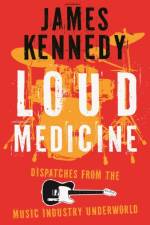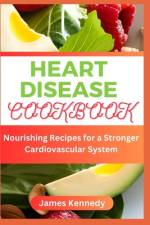- A Delectable Journey through Culinary Delights and Flavorful Creations
av James Kennedy
175,-
PREVIEWGastrointestinal diseases are among the most common problems in tropical countries and commonly manifest as diarrhea, abdominal pain, abdominal distention, gastrointestinal bleeding, intestinal obstruction, malabsorption, or malnutrition. Infectious diarrheal diseases are an important cause of morbidity and mortality in childhood. This chapter covers acute and chronic diarrheal syndromes, as well as a range of illnesses that affect the mouth, esophagus, stomach, hepatobiliary, and pancreatic systems; small and large bowel; and rectum and anus. Special attention is paid to illnesses more common in the tropics, including duodenal ulcer, gastrointestinal infections, tuberculosis of the abdomen and intestine, malabsorption, tropical enteropathy, tropical sprue, chronic calcific pancreatitis, Helicobacter infection, and intestinal intussusception. Improvement in sanitation and improving socioeconomic conditions have reduced the burden of many infectious diseases, but is associated with an emergence of previously uncommon diseases in the tropics such as inflammatory bowel diseases and celiac disease. Order a copy now!






























